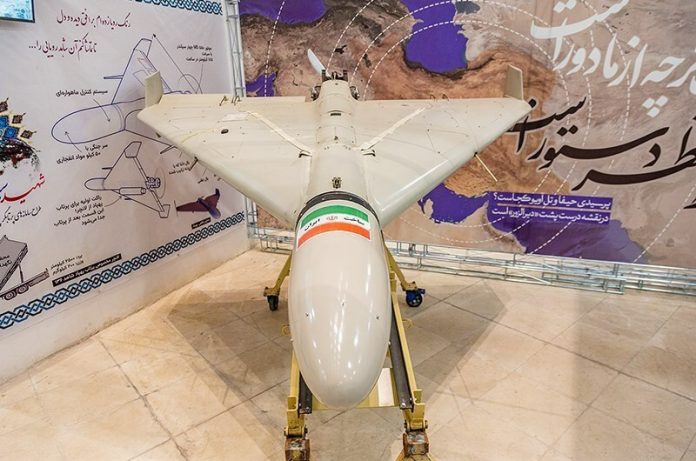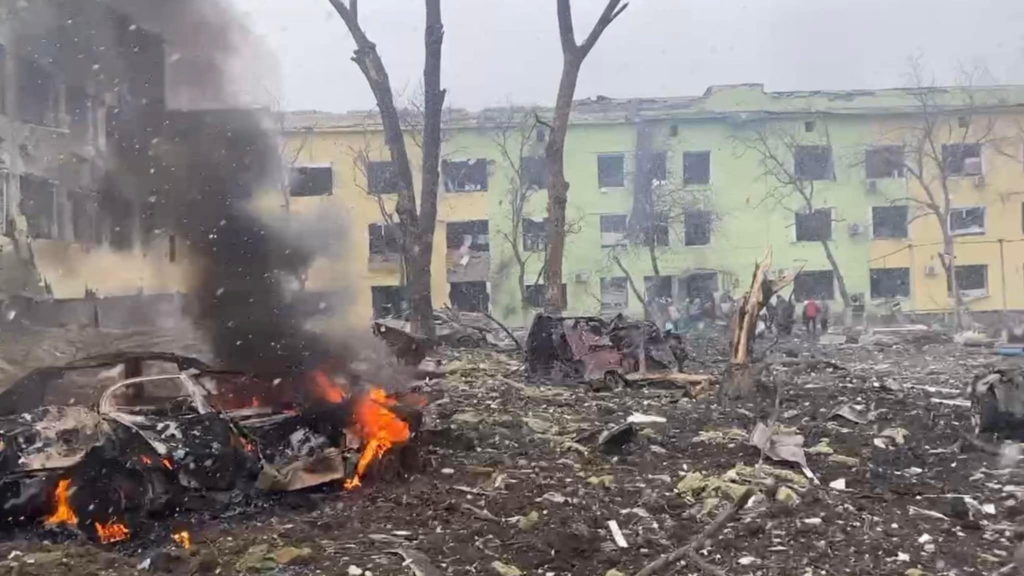
The most recent weeks of Russia’s offensive against cities and infrastructure in Ukraine involved almost 1,500 strike drones and 1,170 guided aerial bombs within one week. According to Ukrainian President Volodymyr Zelenskyy, the bombardment that included more than 70 missiles marked the most intense weeks of air warfare since the full-scale invasion.
It is not only a campaign of immediate destruction but also about Moscow’s changing tactics: the integration of advanced and improvised weapons, deliberately targeting and crippling Ukraine’s energy grid ahead of winter. These have included military and civilian infrastructure targets, with heavy emphasis on the energy sector-a battlefield as strategic as any front line.
The following are nine critical insights into the weapons, strategies, and geopolitical stakes behind this unprecedented week of attacks, based on battlefield reports, technical assessments, and a broader look at Ukraine’s fight to keep the lights on.

1. The Sheer Scale of the Week’s Strikes
According to President Zelenskyy, over the week, the Russian forces had used close to 1,500 strike drones, 1,170 guided aerial bombs, and more than 70 missiles. The amount speaks volumes about the operational tempo Russia is keeping between Dnipropetrovsk and Zaporizhzhia in the south, up to Kharkiv, Chernihiv, and Odesa. These targets included residential buildings and power plants alike, underlining a specific approach aimed at causing physical destruction along with psychological pressure.
Large-scale employment of munitions overloads the Ukrainian air defense, and even with high rates of interception, some get through to hit the critical infrastructure and have cost dearly in repairs.
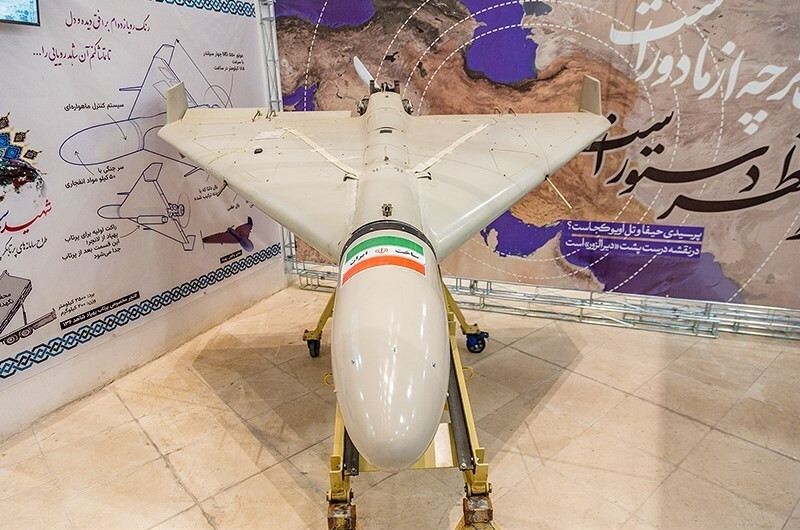
2. Shahed Drone Saturation Tactics
Iranian-made Shahed loitering munitions remain a core constituent in Russia’s aerial campaign. The launches on November 2 alone included about 50 Shaheds from different directions to overwhelm Ukrainian defenses. Kyiv’s largest drone attack since the war began saw 71 Shaheds intercepted across six regions, with debris still managing to damage 77 residential buildings and cut power to 120 facilities.
This saturation approach makes Ukraine use highly valuable interceptor missiles and opens avenues showing the lack of coverage, particularly over rural or less well-defended areas.
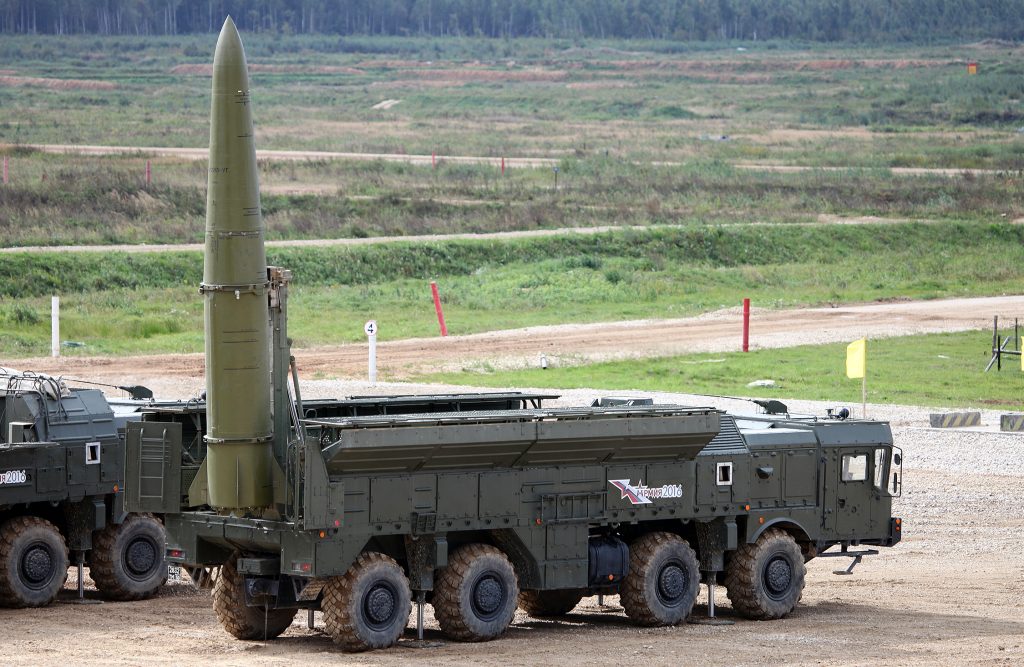
3. Iskander-M: Precision Strike Backbone
The centerpiece of Russia’s means of high-value target strikes is the 9K720 Iskander-M short-range ballistic missile system. With electro-optical seekers guiding them to their targets, the Iskander missiles can carry warheads up to 700 kg with a circular error probable as low as 5-10 meters. Additionally, it can perform both ballistic and cruise missile launches. The quasi-ballistic trajectory and penetration aids further complicate interception.
Integration of UAV-based targeting can provide near real-time strikes against brigade headquarters, supply depots, and critical infrastructure. A potential long-term vulnerability, should export controls be imposed, is a dependency on Western components for guidance systems.

4. Jet-Powered Guided Bombs Come to the Forefront
Over the past several weeks, the Russians have fielded the UMPB-5, a jet-powered guided bomb adapted from Soviet-era free-fall munitions. Having a range of about 200 km, it allows aircraft to strike well outside Ukrainian air defense envelopes. Ukrainian Defense Intelligence noted that nearly 300 such glide bombs older 80 km-range types were used in a single day last week, and the daily average has exceeded 100.
The appearance of the UMPB-5 in strikes on Kharkiv may symbolize a pivot towards standoff munitions, which can be produced in bulk from pre-existing stocks.
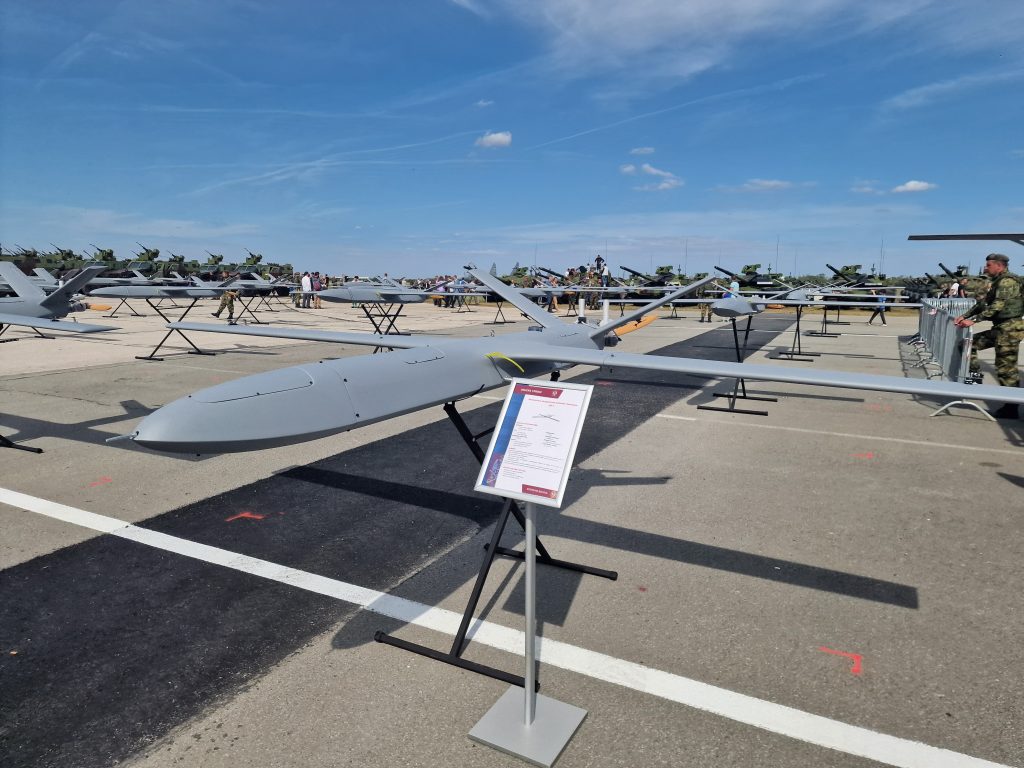
5. Ukrainian Improvisation Strikes Deep
Ukraine has come up with its own ingenuity, such as the conversion of light aircraft to long-range kamikaze drones. The “Goronych” project-coming under special operations forces-strikes 2,000 km away: an explosives plant in Dzerzhinsk and a mechanical plant in Saransk. The modifications are inexpensive, evading some of the Russian defenses, and their reach stretches to strategic sites deep inside Russian territory.
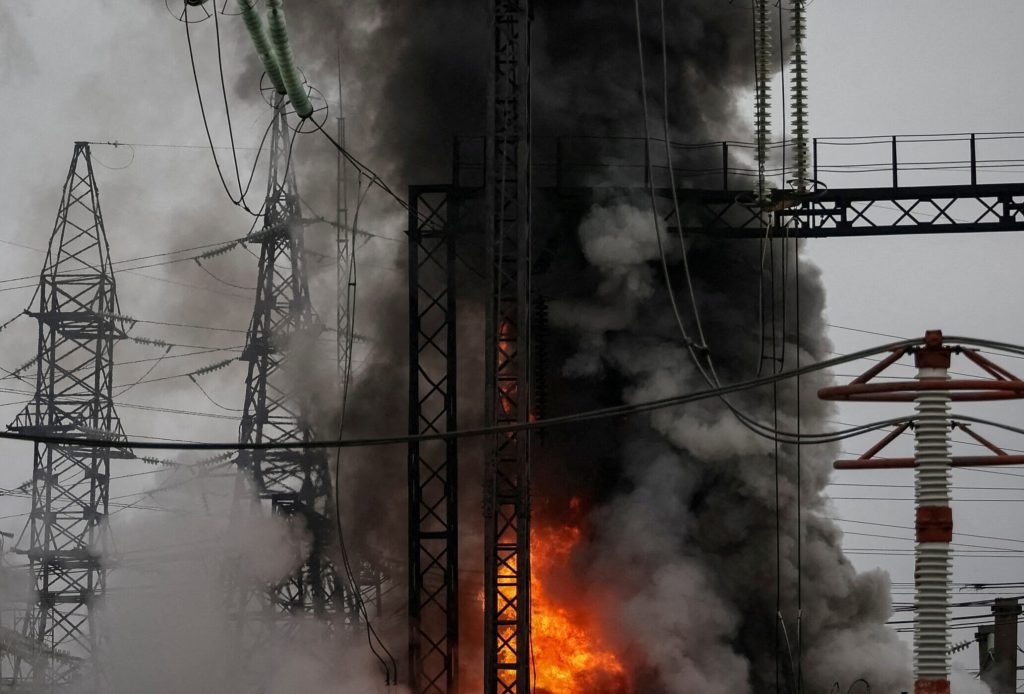
6. Energy Infrastructure as a Primary Target
The Russian campaign continued to target Ukraine’s power grid, exploiting knowledge of its Soviet-era design in attempts to induce blackouts, disrupt heating, and weaken civilian morale. The World Bank estimated war-related damage in the energy sector at $20.5 billion by the end of December 2024. Connection in sync with the EU grid since March 2022 has been a lifeline, permitting up to 2.1 GW of imports to balance deficits at times of strikes.
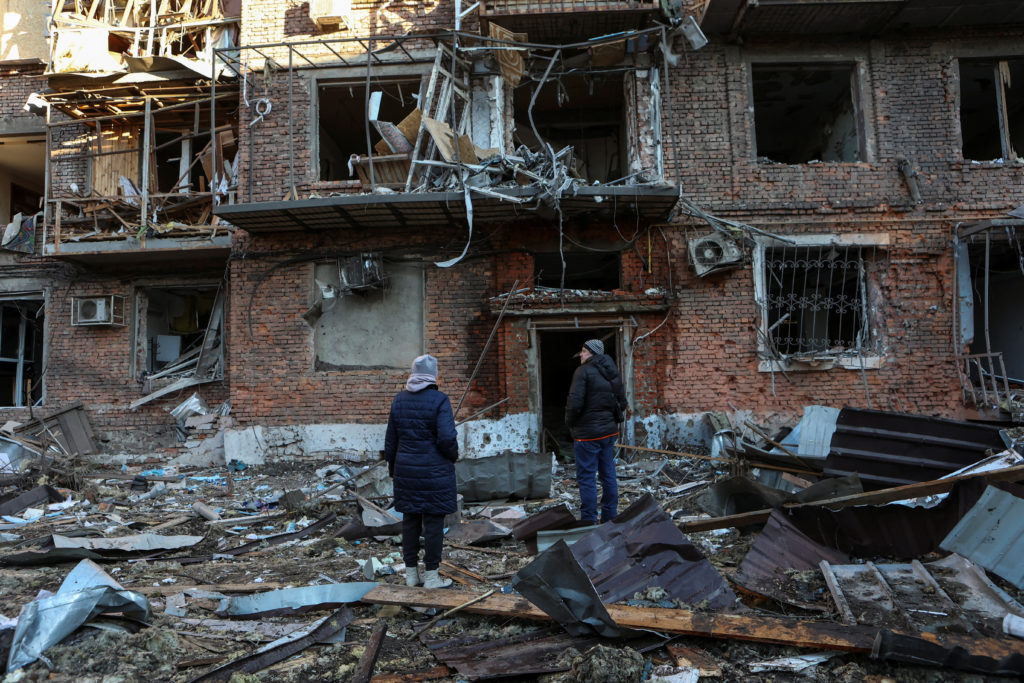
7. Winter as a Force Multiplier
Cold weather enhances the impact of energy strikes. “As temperatures drop below zero in Ukraine, Russia cynically sends waves of Iranian drones to attack the capital and the country,” U.S. Ambassador Bridget Brink said. The most recent wave of attacks this winter destroyed an estimated 40% of capacity, leaving millions without power for weeks. Facilities are somewhat better protected this year, and Ukraine has diversified and decentralized generation. Yet the risk of prolonged outages remains.
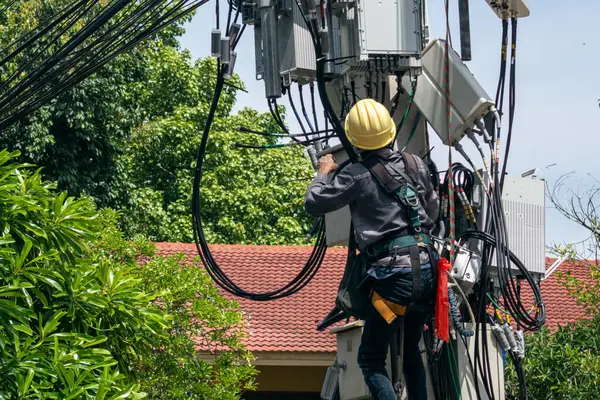
8. Decentralization and Speed
Repairs To counter that vulnerability, Ukraine restored 4–5 GW of mainly coal-fired capacity and deployed small modular gas turbines and rooftop solar with storage to nearly 1,500 MW of consumer-installed PV as of early 2024. Quick repairs, thanks to equipment shipped in from the EU and Japan, have kept the grid stable despite sustained attacks. Decentralized assets are harder to disable en masse, forcing Russia to spend more munitions for less strategic gain.
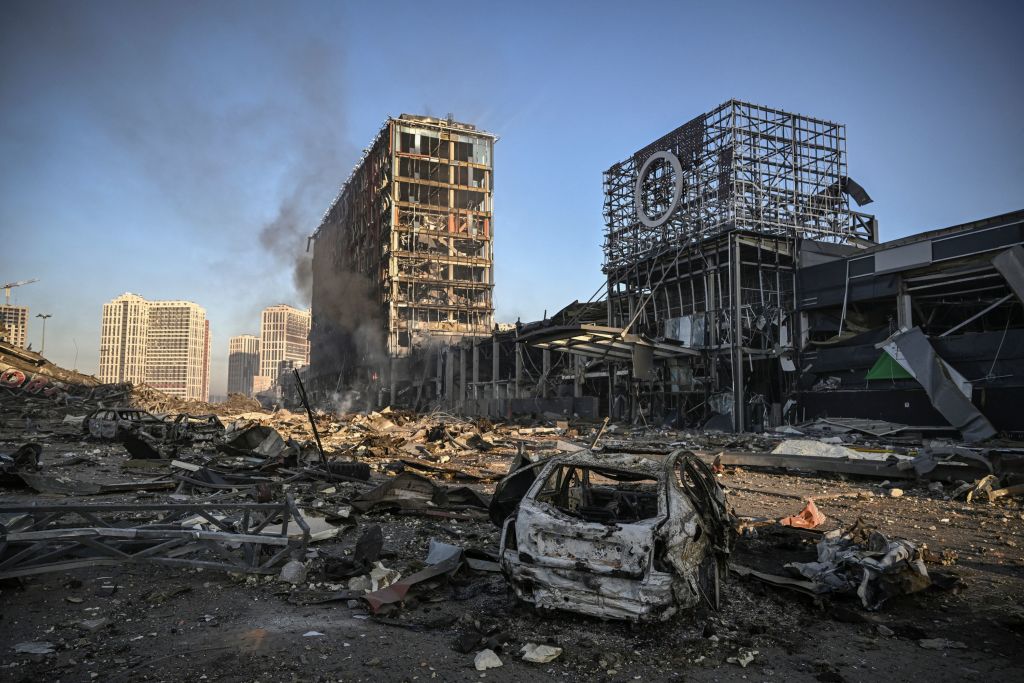
9. International Support and Strategic Stakes
Contributions to the Energy Support Fund of more than €1.28 billion from the USA, Norway, Germany, the UK, Japan, and others support the defense of the Ukrainian energy sector. Programs and initiatives from the U.S. and EU have provided generators, cogeneration units, and high voltage equipment. Much more is at stake than Ukraine’s survival. As Zelenskyy emphasized, support of Ukraine’s energy resilience is part of the defense of a rules-based order against coercion by force.
This week-long aerial onslaught by Russia has underlined the reach of its strike capability and its determination to pursue an attrition war against Ukrainian infrastructure. Massed drones, precision missiles, and new standoff munitions-all pressed into action together-present a sustained challenge. Yet, Ukraine’s adaptive tactics, its decentralized energy strategy, and international support thus far have prevented the collapse that Moscow is seeking. The forthcoming winter will test how these measures can hold out under the pressure of continued high-intensity strikes.
